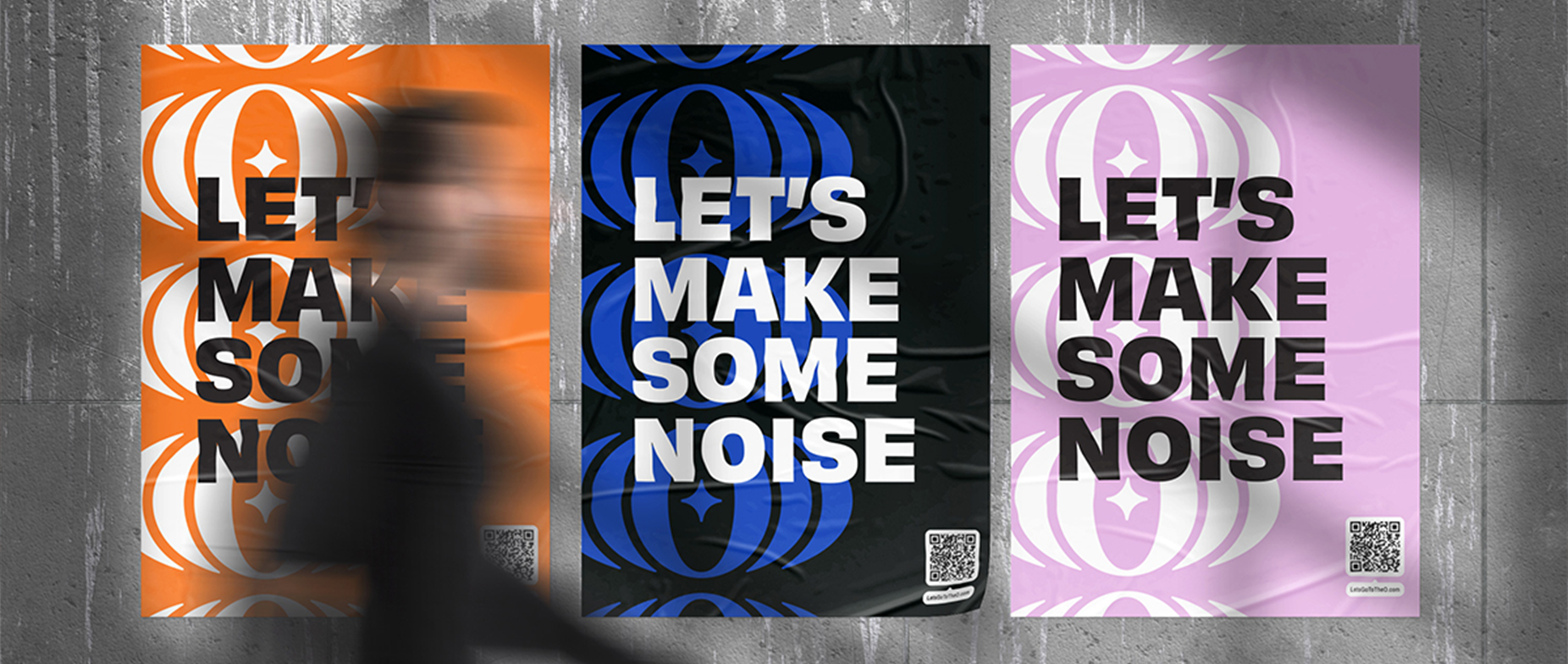Brand Marketing vs. Performance Marketing: How Connection Sparks Conversions

We’ll start with a data point that’s more than the sum of its parts: 71% of consumers say they’re more likely to buy from a brand they recognize (Nielsen, 2022). On the surface, that’s not particularly surprising. Of course we’re more inclined to buy name-brand potato chips than the random bag on the bottom shelf. But when we truly dig into that number, we understand what it really means: Nearly 3/4 of your customer base will only engage with your brand at all if they recognize you. You need to already be on their radar, in the scene, making a name for yourself well before they even see a need for your services — let alone, are ready for a conversion.
What’s more, consumers will pay 25% more for their favorite brands (UserTesting, 2025). But becoming a favorite doesn’t happen overnight. That’s why brand marketing is a critical commitment for any organization. It builds familiarity, trust, and emotional connection today that, eventually, make more clicks or conversions happen down the line.
What is brand marketing?
First, we’ll clarify that brand marketing is not the same as branding. Branding is the foundation — your name, logo, colors, tone of voice, visual identity, and what your organization stands for. This is built all in concert, during your brand development phase. Brand marketing, on the other hand, is the ongoing effort of what you do with your brand. It’s how you use it to build awareness, trust, and loyalty over time. To raise your visibility, grow your audience, or deepen your reputation in the market, brand marketing is the long game.
Brand marketing vs. performance marketing
Both brand and performance marketing matter, but they do very different jobs.
Performance marketing is about quantitative conversions: clicks, downloads, purchases, signups. It’s trackable and immediate, like paid ads, Google search, and email campaigns with CTAs like “Buy Now” or “Register Today.” You measure it through ROI, cost-per-click, and conversions or sales.
Brand marketing, on the other hand, is about reputation. Building familiarity, shaping perception, and creating emotional connections that make people want to choose you, even when they’re not ready to take action right now. It’s slower and more cumulative. You measure it through broader, qualitative metrics like brand recall, recognition, affinity, and long-term loyalty.
Brand marketing is the fuel on which performance marketing runs. Without the strong presence that comes from brand marketing, your ads will have to work much harder, cost more, and will often scream into a void.
Storytelling and consistency
You can’t build a memorable brand without good storytelling. Brand marketing tells the world who you are, what you believe, and why it matters, without necessarily asking them to take action right now. Through your existing channels like social, blogs, and paid advertising, you keep your name on their radar, with the expectation that they’ll remember you when it comes time to make a purchase decision.
We’ve said it before, and we’ll say it again: The average customer needs to encounter a brand's marketing messages at least seven times before making a purchase decision (University of Maryland). The key here is remembering that the majority of customer touchpoints won’t be conversions and, instead, will help situate your brand at the forefront of their mind. This exists through:
- Messaging that feels real, not robotic. You’re not begging anyone to make a purchase — you’re letting them know who you are.
- Visual consistency across all channels (website, socials, signage, merch), as well as scheduled, well-paced content.
- Stories and testimonials from customers, your partners, and your team to establish an emotional connection.
- Actively using your mission, vision, and values statements in campaigns and partnerships, and demonstrating them through your actions.
Brand marketing sparks behavior change
Brand marketing often manifests itself in big-picture actions that don’t directly drive sales and, instead, establish a tone or take a stand that can eventually lead to audience behavior change. For example, Patagonia contributes 1% of its profits to environmental causes — and tells that story consistently. This isn’t just a genuinely good thing to do, living out the company’s mission. It’s a way to demonstrate the brand’s identity of breaking the rules of traditional business; publicly align with the policy priorities of its largest audience demographic; and, frankly, provide outstanding marketing fodder. After all, in marketing, our choices can be sincere and intentional at the same time.
Whether you're a national brand, an advocacy organization, or a group focused on social change, brand marketing is your opportunity to shape the audience’s behavior over time. It’s not about selling something today; it’s about converting your audience into friends who will choose you tomorrow, take your intended action next week, or donate next year. Moving the needle toward audience change takes time. While we all love instant gratification, this long-term investment is necessary for customer action to happen in the first place.
Align your marketing strategy to consistently tell your story, reinforce your values, and show up with intention. Over time, this will convert prospects into loyal advocates, and shape your reputation into results.
